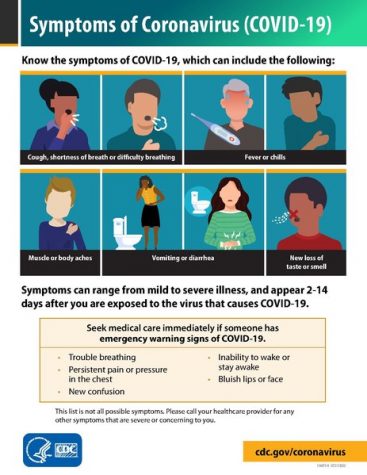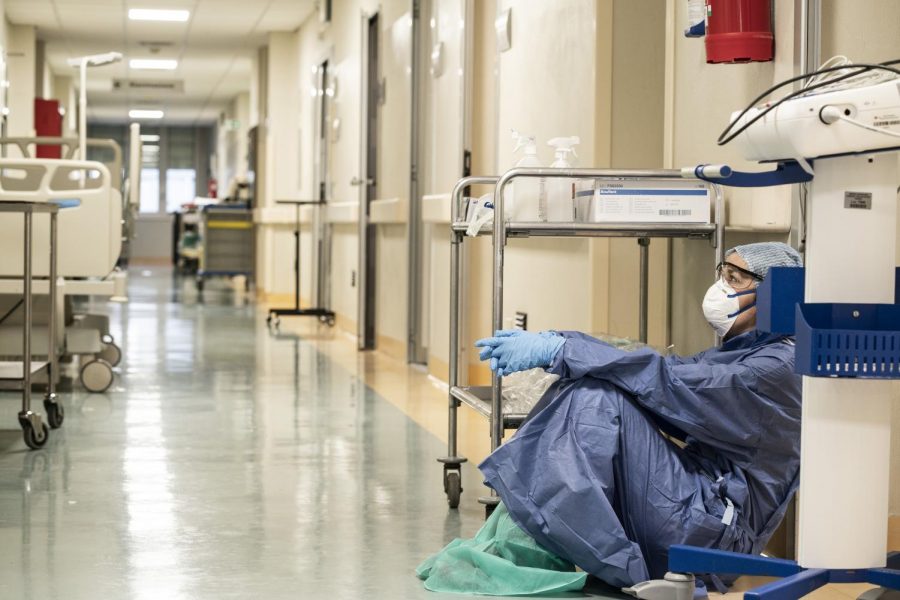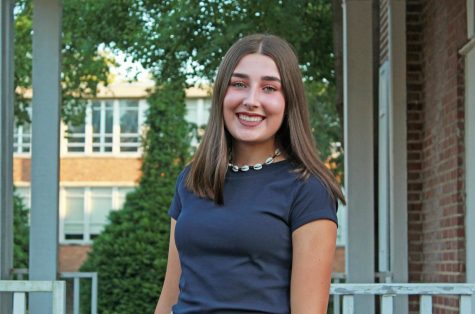McElhinney: You should have spent COVID-19 Thanksgiving at home
Alberto Giuliani, CC BY-SA 4.0, via Wikimedia Commons
Many experts fear that holiday traveling will lead to a significant increase, a spike, in the number of COVID-19 cases.
December 2, 2020
While it’s likely that many people moved on quite swiftly from Halloween to Christmas at the start of November, there was still another prominent holiday between the two: Thanksgiving. Many families traveled to see their loved ones, but at what cost?
In 2019, about 55 million Americans traveled somewhere over Thanksgiving break. While that number significantly decreased due to recent spikes in COVID-19 cases, about 56% of Americans still intended to travel this year as of mid-November. Over one million Americans traveled by plane daily from Nov. 22 to Nov. 25, the most that American airports have seen since March. Millions more traveled both by plane and by car, totaling about 50 million people over the course of about a week. But, as a typical ignorant American might ask, why should over 150,000 new daily cases have stopped people from traveling across the country for some turkey and a hug?
Here’s why: there are twice as many COVID-19 cases now than in February, March, April and May combined‒ aka the time when everyone was so adamant about isolating. Many schools are closing again from outbreaks within the student bodies. Students, teachers and parents are contracting the virus, and traveling will only worsen the spread. “But I feel fine, so I’m definitely not sick,” is a seemingly popular statement right now, but it’s uninformed and invalid. In 20% of COVID-19 cases, the patients are asymptomatic, meaning many of them won’t know they’re sick until they get tested.
Unless the whole country decidedly got tested for COVID-19 before traveling, there will be outbreaks and a good many at that. Even those that did get tested could still spread the virus, as it has an incubation period of up to 14 days. In the upcoming weeks, people’s actions during the Thanksgiving holiday may prove to be detrimental for the elderly, as well as those with pre-existing conditions. Additionally, this holiday will be very damaging to the farmers who provided the food that ended up on your table.
Although many still traveled to spend Thanksgiving with family, a good many didn’t. A study conducted by Asurion Home+ shows that about 72% of Americans reported that they would conduct their festivities virtually and stay home. This means that while the gatherings were smaller, more individual groups of people were fed. The issue here is if the family gatherings were smaller, people used smaller turkeys. However, turkey farms raise their turkeys to be exceedingly large, as Thanksgiving typically calls for a plethora of fat turkeys. An increasing demand would have been difficult to handle during a pandemic when many foreign imports are restricted for consumer safety. This lack of smaller-sized turkeys certainly led to a lack of small turkey availability and an excess of waste. I would expect upcoming turkey sales that look somewhat like the candy aisles on Feb. 15 and turkey sandwiches for lunch for a while.

Whether families traveled or not, issues will arise. However, many families did travel; it’s a given fact. In a few weeks, COVID-19 cases will spike again, and many schools will likely return to online classes because of it. If people are going to continue to travel, especially during the holiday season, they should at least do their part to protect their safety and the safety of those around them. Wearing masks, remaining socially distant, disinfecting surfaces and quarantining before and after traveling are necessary to keep the United States from falling apart, and we can only hope that people have been doing that. COVID-19 is being treated as a joke right now in many places, and the consequences of such ignorance will be severe.









